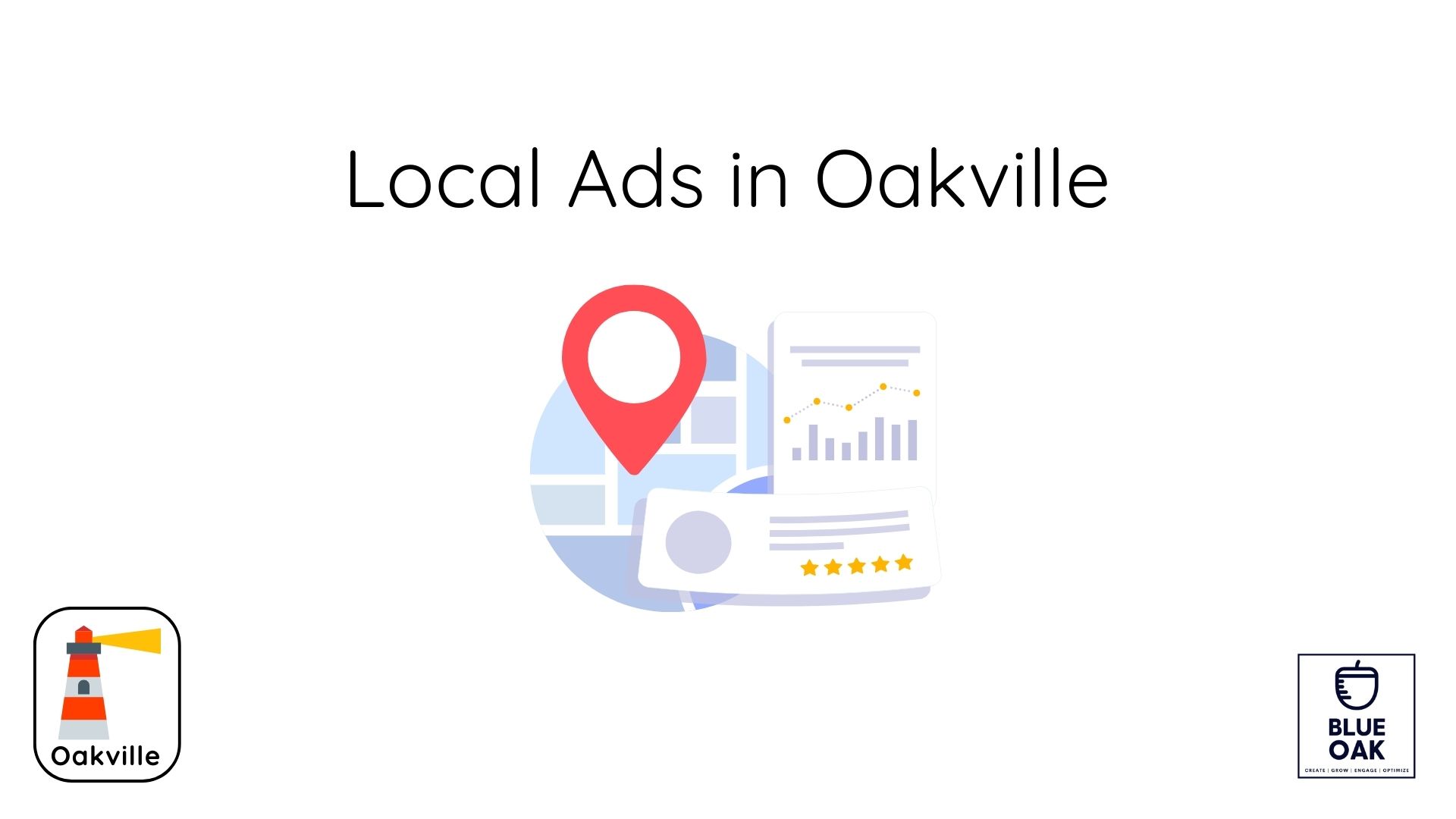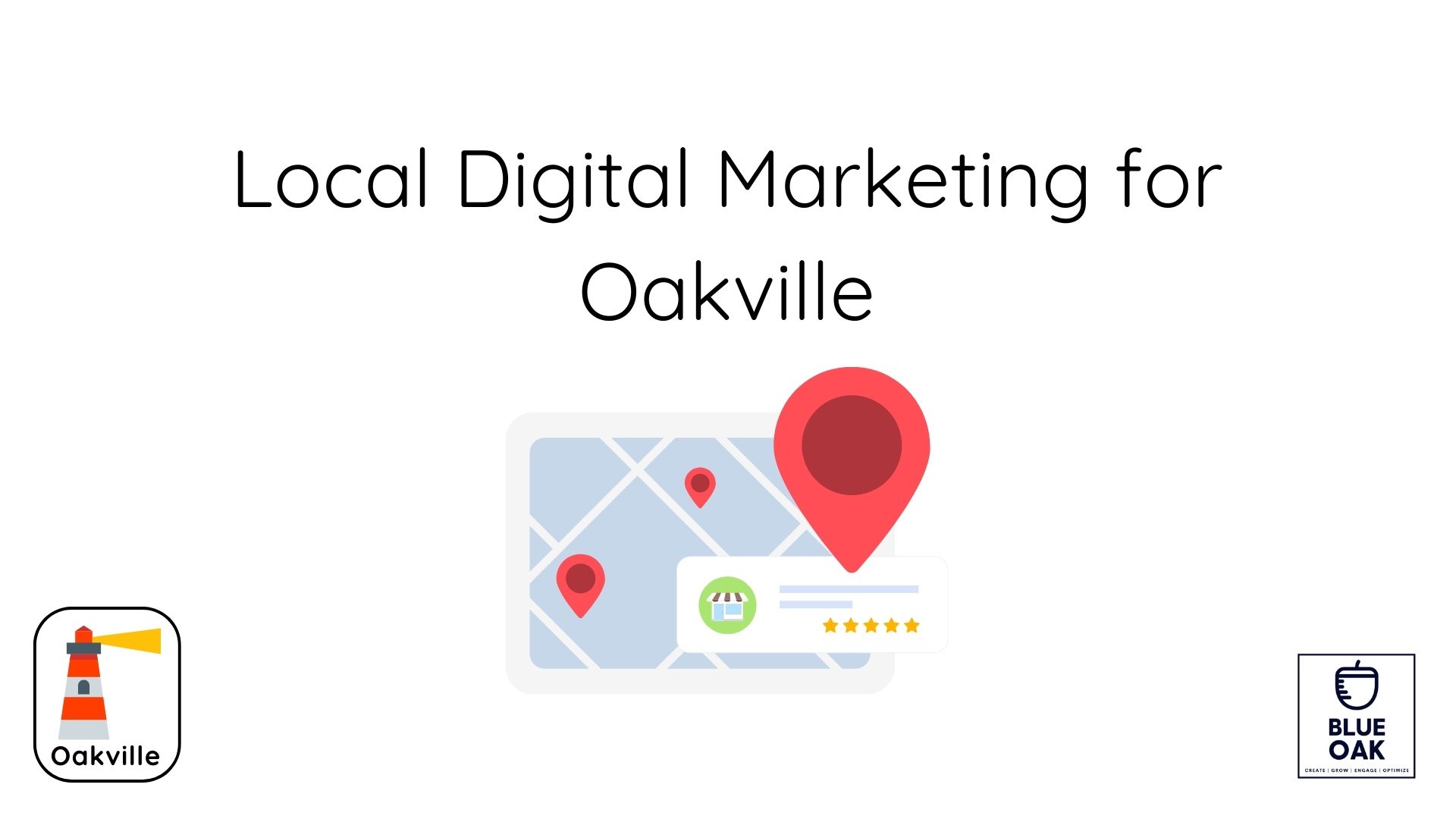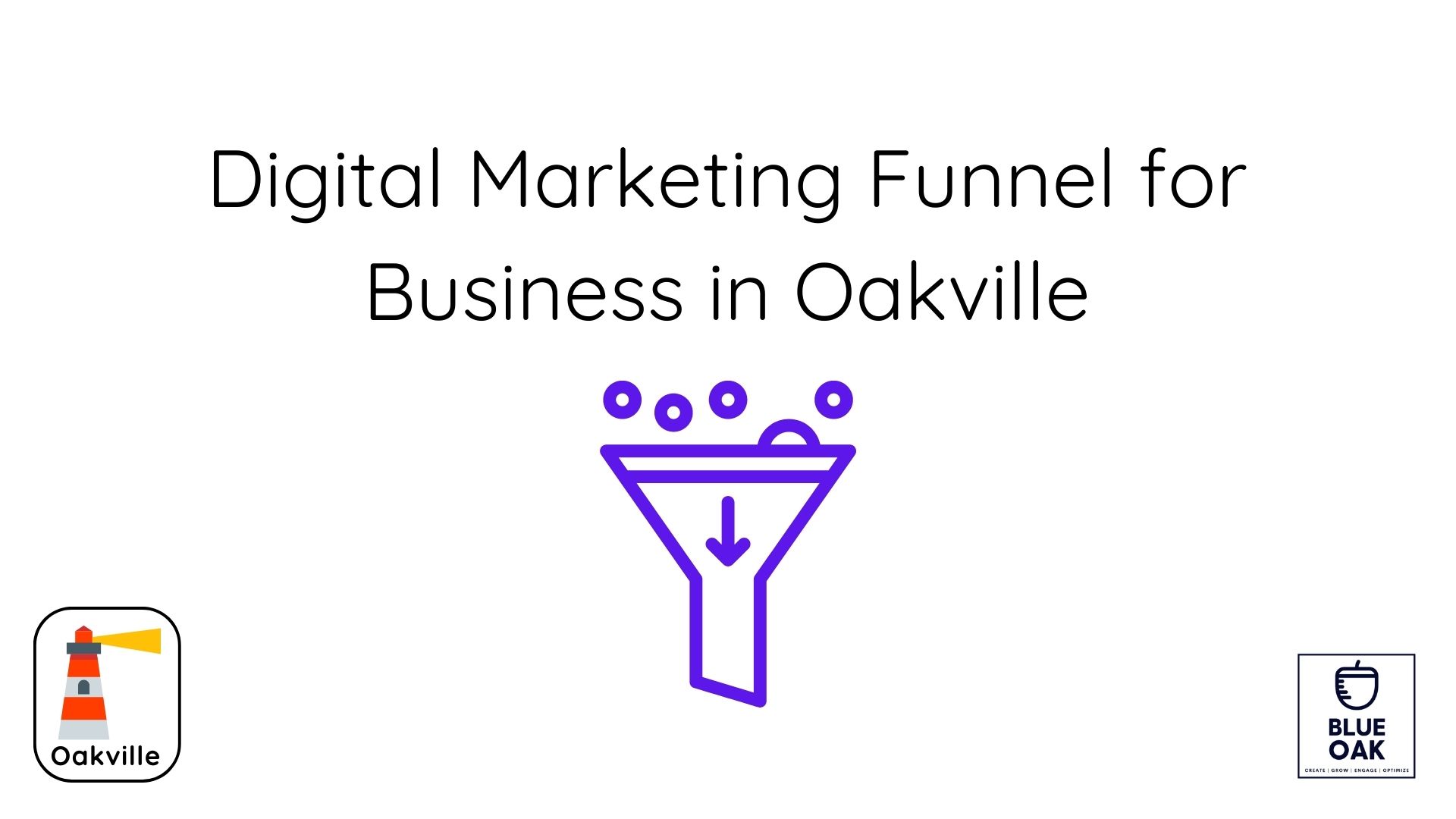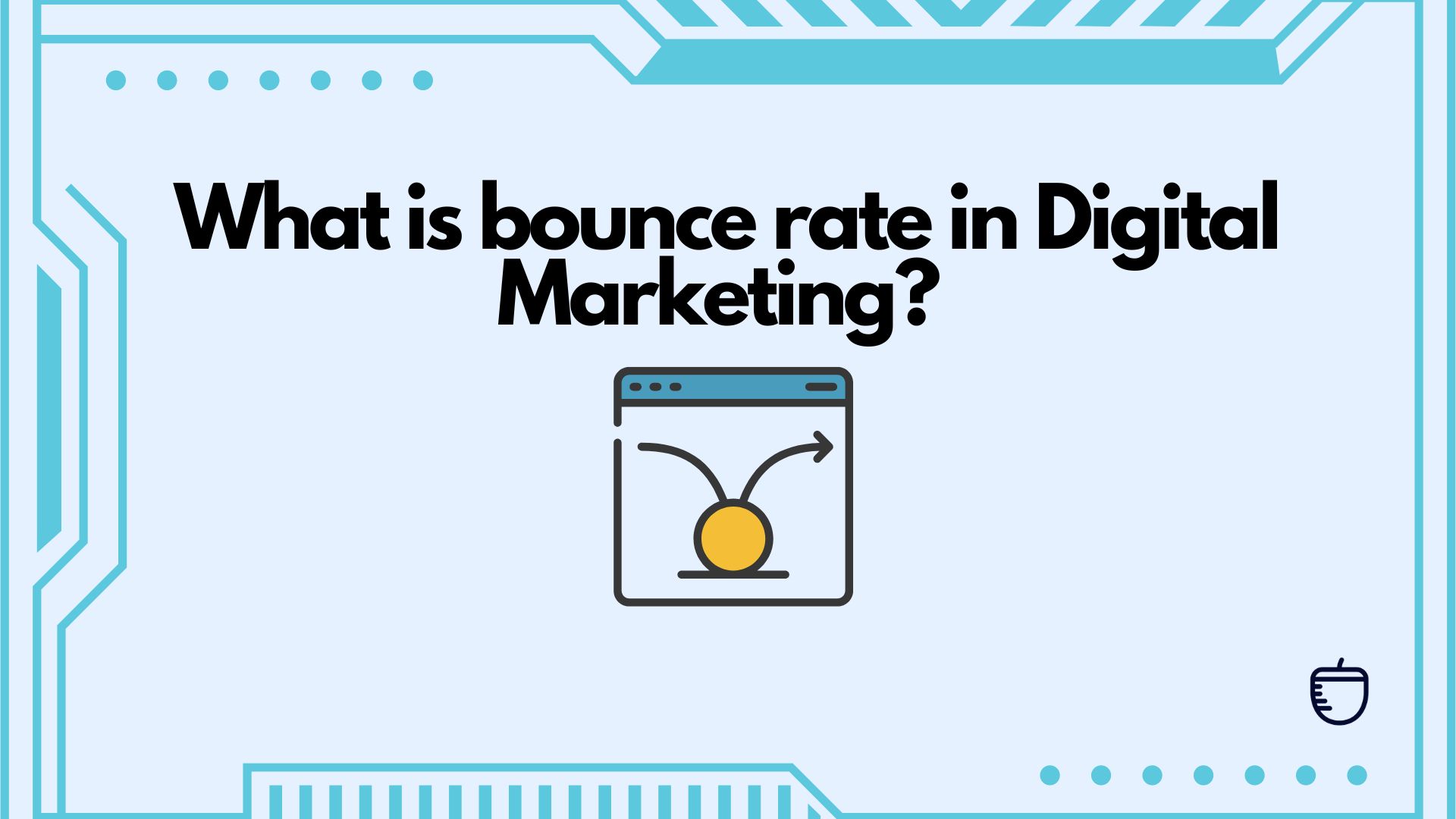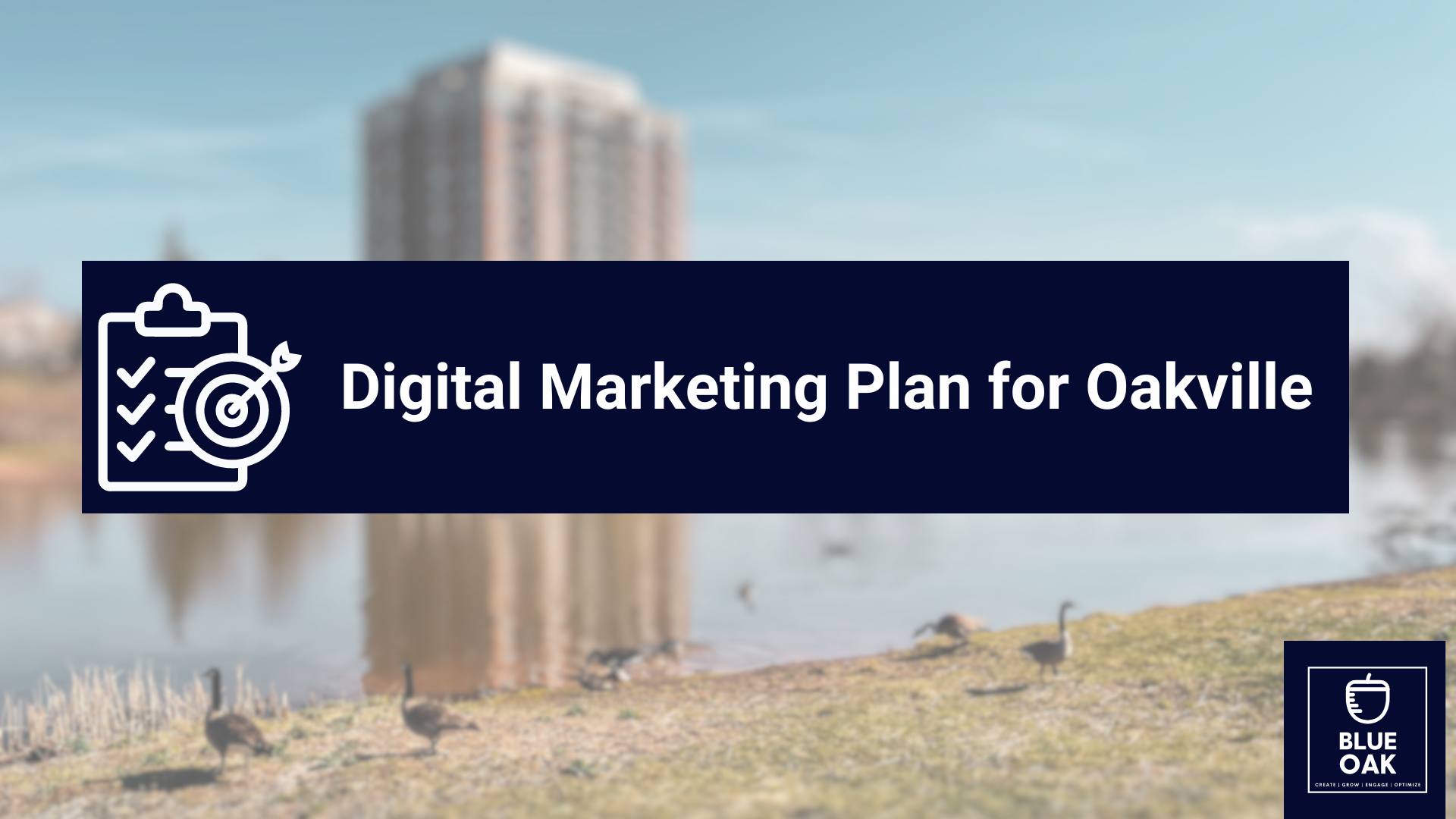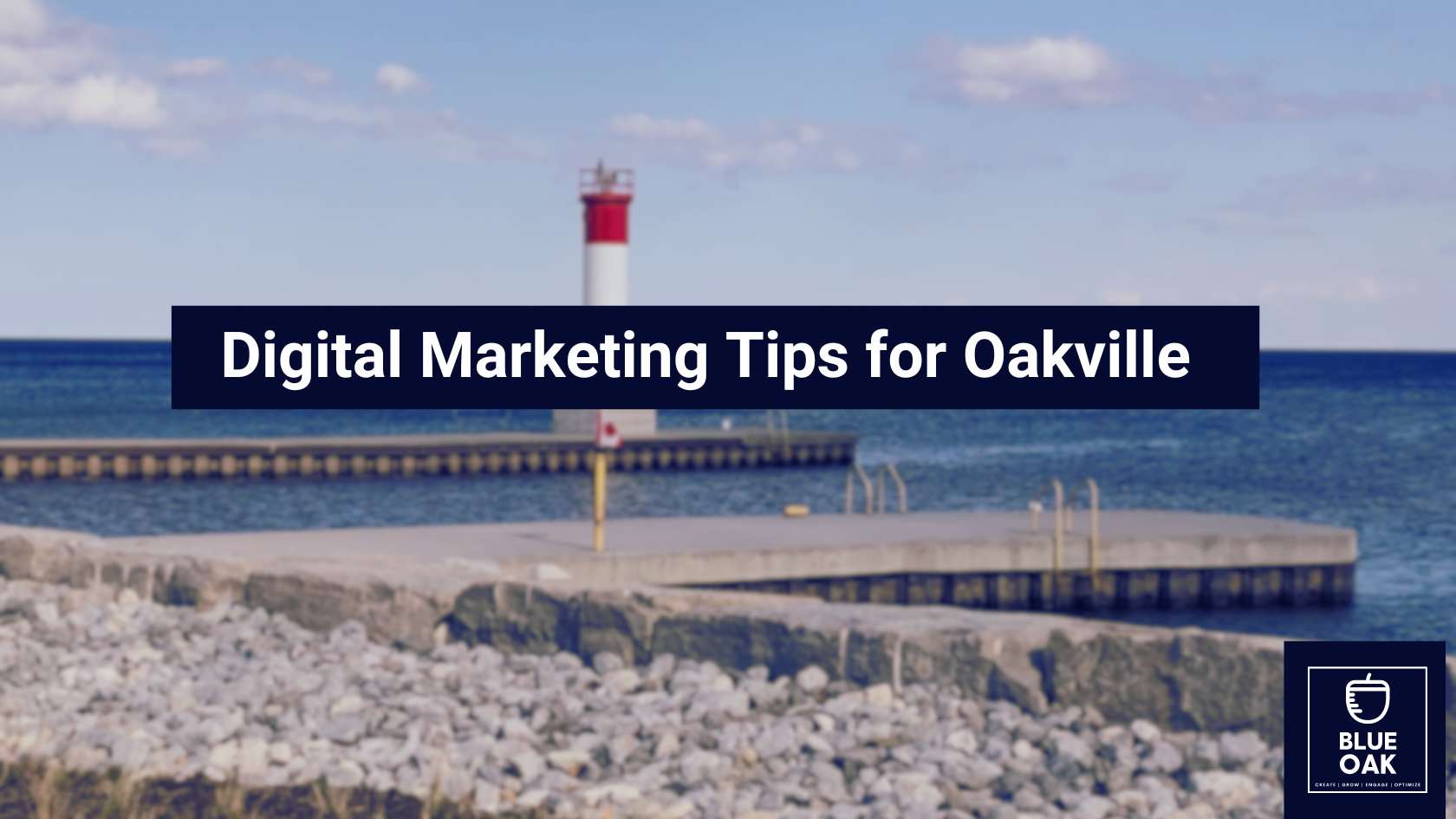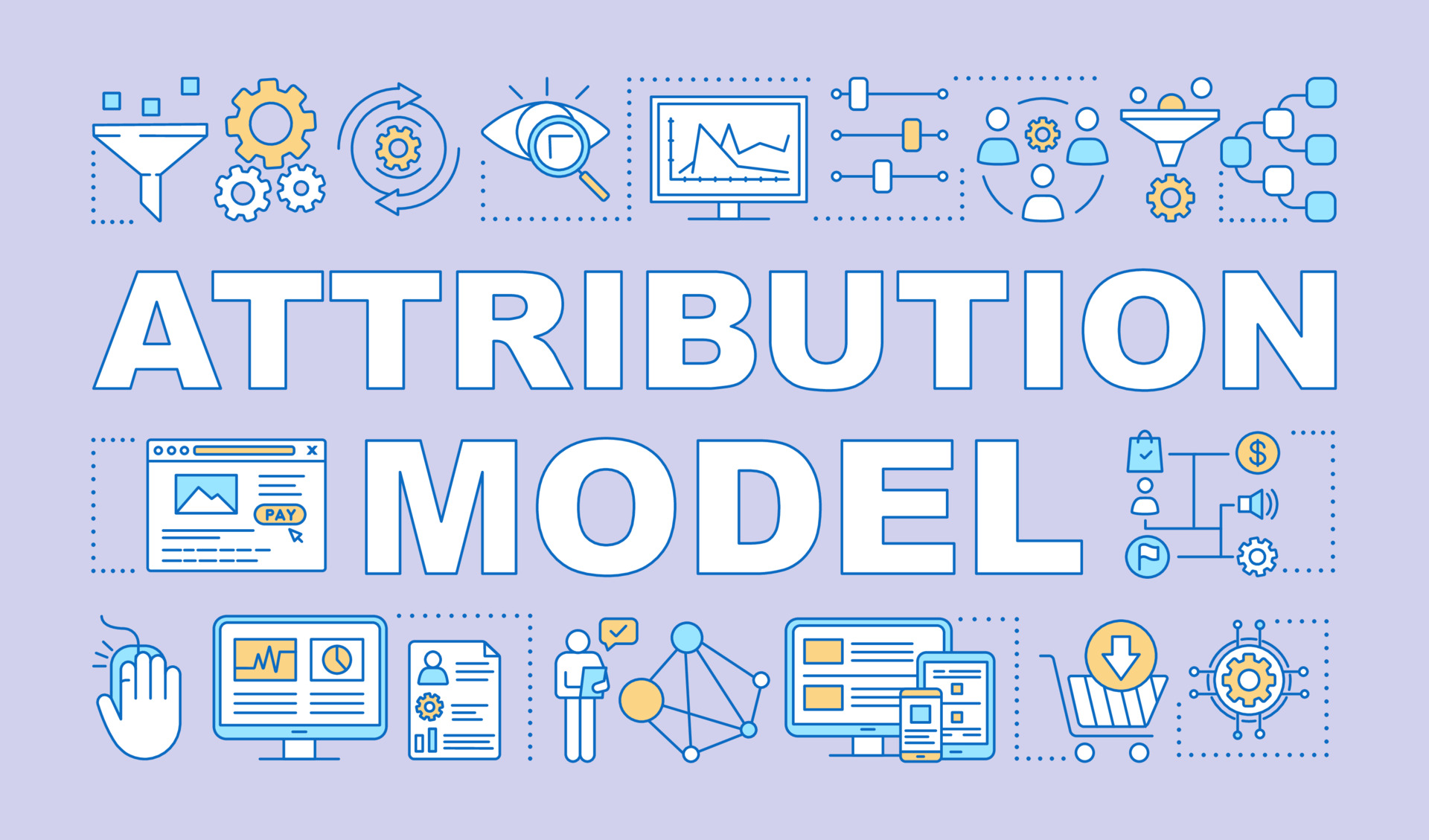What are Conversions In Digital Marketing?

Businesses in today’s digitally enabled world are always looking for new methods to attract customers and grow their online presence. Amid this transformative world, conversions have emerged as a crucial metric in digital marketing. However, many still grapple with understanding its significance and its benefits to the digital marketing ecosystem.
Table of Contents
ToggleConversions provide a comprehensive view of the customer’s journey, from their initial interaction with the brand to the culmination of their journey – the desired action. This blog aims to demystify conversions, delve into their relevance, how they can be measured, and most importantly, why they hold a pivotal place in the digital marketing spectrum.
What are Conversions in Digital Marketing?
In the context of digital marketing, a conversion takes place when a visitor to your website completes a desired goal or action. This action could take on various forms, depending on what your specific business goals are. These may include a visitor making a purchase, subscribing to a newsletter, completing a survey form, or even downloading a whitepaper or an ebook.
It’s critical to remember that these behaviors reveal the user’s degree of involvement and interest in your company’s name, goods, or services. Therefore, conversions are a reflection of how successful your website or campaign has been in convincing visitors to take the desired action.
Why are they important to track/measure?
Similar to how physical stores measure the number of footfalls, digital platforms measure the number of visits or ‘traffic’. However, traffic alone cannot guarantee business success. This is where conversions come into the picture.
By tracking and measuring conversions, businesses can:
Understand Consumer Behaviour:
Conversion tracking offers businesses the opportunity to gain valuable insights into their audience’s behavior and interests.
Gauge the Success of Marketing Strategies:
By analyzing the rate and type of conversions, businesses can understand how effective their marketing strategies and campaigns have been.
Optimize Return on Investment:
Conversions are key to understanding what prompts customers to take the desired action. By knowing what leads to conversions, businesses can optimize their marketing efforts and budget, thereby enhancing their return on investment (ROI).
Enhance User Experience:
Conversion paths can provide critical insights into potential obstacles in the user journey. By examining these paths, businesses can identify and rectify these hindrances, thereby improving the overall user experience.
How to measure conversions?
Conversion measurement can seem difficult, but with the appropriate tools and strategies in place, it can become a crucial component of any marketing plan.
Setting up Goals: The first step in measuring conversions is defining what conversions mean for your business. This could be anything from completed purchases to newsletter sign-ups, depending on what your business objectives are.
Leveraging Conversion Tracking Tools: There are numerous conversion tracking tools available today, such as Google Analytics, that businesses can leverage. Once you’ve set up your goals, these tools track the user’s journey on your website and record when a visitor completes a conversion.
Implementing Tracking Codes: Most conversion tracking tools require you to add a small piece of code to your website. This code tracks user actions and records when they complete a conversion.
Regular Tracking and Analysis: Once the setup is complete, the tool will start tracking conversions. It’s important for businesses to regularly analyze this data to understand user behavior and identify conversion trends.
A/B Testing: A/B testing involves creating two different versions of your webpage or ad and seeing which one performs better in terms of conversions. This practice is crucial as it allows you to test changes to your webpage against the current design and determine which one yields better results.
Importance of conversion rate:
It’s crucial to comprehend conversions and how to assess them, but it’s also crucial to recognize the importance of the conversion rate.
Conversion Rate – What is it?:
Conversion rate is the percentage of visitors to your website who complete a desired action. To calculate it, divide the total number of visitors by the number of conversions, multiply the result by 100, and you’ll have the percentage. For instance, if you had 50 conversions from 1,000 interactions, your conversion rate would be 5%.
Why is Conversion Rate Important?
Evaluating the Effectiveness of Marketing:
The conversion rate can give you a clear picture of how effectively your marketing strategies are working. A higher conversion rate indicates a successful marketing campaign, while a lower rate indicates the need for improvement or change in your strategies.
Optimizing Marketing Budget:
By understanding your conversion rate, you can effectively allocate your marketing budget to those strategies that yield the highest conversions. Tactics like search engine optimization, and targeted media marketing campaigns that are developed with the end user in mind can help improve conversions.
Gaining a Competitive Edge:
A higher conversion rate can give you a larger market share. By focusing on improving your conversion rate, you can potentially outperform your competitors.
Strategies to Enhance Conversion Rate
Improving the conversion rate should be a constant endeavor for every business. Here are some marketing tactics you may use to improve conversion rates.
Create High-Quality Content:
Quality content that resonates with your target audience can significantly boost your conversion rates. Use compelling headlines, infographics, videos, or user-generated content to engage your visitors.
Use Targeted Landing Pages:
Design specific landing pages for different campaigns or customer segments. A more personalized experience can lead to a higher conversion rate.
Leverage Social Proof:
Showcasing customer reviews, testimonials, case studies, and social media shares can reassure potential customers about the credibility of your product or service, thereby increasing conversions.
Implement Live Chat and Chatbots:
These tools can provide immediate assistance to visitors, resolve their queries, and guide them toward a conversion.
Key Conversion Metrics
Looking at some important indicators that illuminate the many facets of conversions is one of the most efficient methods to properly comprehend them. There are several other conversion metrics, but let’s take a deeper look into the most crucial conversion metrics.
Conversion Rate: As discussed before, this metric reflects the percentage of visitors who take a desired action on your website. It is a fundamental conversion metric that provides an overall understanding of the effectiveness of your online activities.
Bounce Rate: The bounce rate is the percentage of visitors who leave your website after viewing only one page. A high bounce rate could indicate that your site is not engaging enough or that the user experience is poor, leading to fewer conversions.
Exit Rate: The exit rate measures the percentage of visitors who leave your website from a particular page after browsing through your website. Unlike the bounce rate, which counts only single-page visits, the exit rate considers all visits and may provide insights into why users are not converting.
Page Views per Visit: This metric reveals the average number of pages a user views during a single visit. More page views could mean the user is interested and engaging with your content, which could lead to a higher chance of conversion.
Cart Abandonment Rate: For e-commerce businesses, this metric is crucial. It’s the percentage of shoppers who add items to their online shopping cart but abandon it before completing the purchase. A high cart abandonment rate might suggest issues in the checkout process, leading to lost conversions.
Utilizing Analytics for Conversion Optimization
Leveraging digital analytics tools can provide a wealth of insights into your conversion efforts. One of the most well-known tools, Google Analytics, provides companies with a wealth of information to assist them in better understanding their target markets and enhancing their marketing initiatives.
Acquisition Reports:
Acquisition reports give you insights into how visitors find your website. You can see which marketing channels drive the most traffic and conversions, helping you understand where to focus your marketing efforts.
Behavior Reports:
These reports show what visitors do on your website. This includes the pages they visit, how long they stay on each page, and the path they take through your website. By analyzing this data, you can identify any potential issues or opportunities for conversion optimization.
Conversion Reports:
Conversion reports give you detailed information about your conversions. You may monitor conversion rates, visitor behavior, and the relationship between individual conversions and your broader company objectives.
Audience Reports:
Information on your visitors’ demographics, interests, whereabouts, and devices they use to access your website is provided through audience reports. This might assist you in better targeting your audience with website and marketing strategy customization.
Funnel Visualization Reports:
These reports let you see the path users take before they convert. This helps identify any potential bottlenecks or drop-off points in your conversion funnel where users are abandoning the process.
The Power of Conversion Rate Optimization:
Conversion rate optimization (or conversion marketing) is a critical technique that may significantly enhance your conversions, even if conversion rates and conversions themselves are vital KPIs in digital marketing. CRO is the systematic process of increasing the percentage of website visitors who take a desired action.
Importance of CRO:
A successful CRO strategy can lead to higher conversion rates, better ROI, enhanced customer insights, and improved scalability.
Implementing CRO:
The CRO process begins with setting clear, measurable goals, followed by data collection and analysis to understand customer behavior. Based on these insights, hypotheses are formed and A/B testing is conducted. The results are then analyzed, and the changes that led to improved conversion rates are implemented.
Tools for CRO:
Several tools can assist with CRO, including Google Optimize for A/B testing, Hotjar for heatmaps and visitor recordings, Google Analytics for data analysis, and Crazy Egg for scroll maps and click reports.
The journey of optimizing conversions is a never-ending process, as customer behaviors, preferences, and market dynamics constantly evolve. By adopting a structured and analytical approach to CRO, businesses can improve their conversion rates, providing a better user experience and boosting overall business growth.
Final Words
Understanding conversions and employing strategies to optimize them is fundamental to digital marketing success. By focusing on the key metrics, utilizing analytics, and applying effective CRO strategies, businesses can significantly have more conversions, leading to higher customer engagement, improved customer experience, and ultimately, enhanced business growth.
Remember, the quest for conversion optimization is an ongoing journey that requires continuous testing, learning, and evolving. Stay curious, be patient, and keep refining your approach.
Conversions are a concept in the realm of digital marketing, not merely a measure. It’s about understanding your customers, engaging them effectively, and providing value at every stage of their journey with your brand. Embrace the conversion philosophy, and you’re well on your way to digital marketing success.

